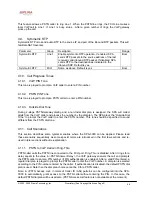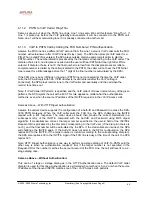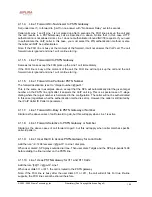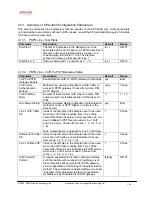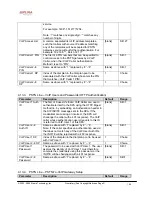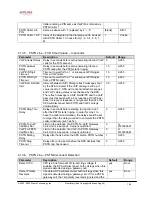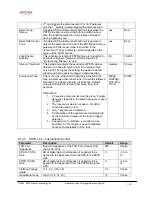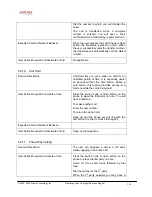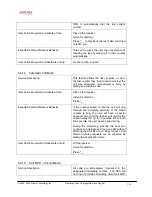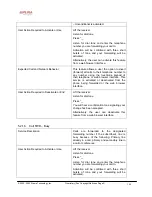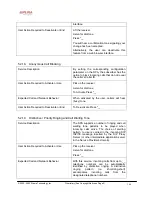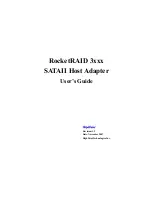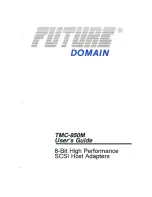
© 2003 - 2005 Sipura Technology, Inc
Proprietary (See Copyright Notice on Page 2)
112
Cfwd Sel1 Caller
First of 8 PSTN Caller Number Patterns to be blocked
for VoIP gateway services or forwarded to a certain
VoIP number. If the caller is blocked, the SPA will not
auto-answers the call.
Str39
Cfwd Sel2-8 Caller
Same as above with 1 replaced with ‘2’ – ‘8’
Str39
Cfwd Sel1 Dest
VoIP destination to forward a PSTN caller matching
<Cfwd Sel1 Caller>. If this entry is [blank], the PSTN
caller is blocked for VoIP service.
Str39
Cfwd Sel2-8 Dest
Same as above with 1 replaced with ‘2’ – ‘8’
Str39
4.13.17. PSTN User – PSTN-To-VoIP Speed Dial Settings
Parameter
Description
Default
Range
Speed Dial 2
The VoIP number to call when the PSTN caller dials a
single digit ‘2’
Str39
Speed Dial 3-9
Same as above with ‘2’ replaced with ‘3’ – ‘9’
Str39
4.13.18. PSTN User – PSTN Ring Thru Line 1 Distinctive Ring Settings
Parameter
Description
Default
Range
Ring1 Caller
First of 8 PSTN Caller Number Patterns such that the
corresponding ring will be used to ring through Line 1
if the PSTN caller matches this pattern.
Str39
Ring2-8 Caller
Same as above with ‘1’ replaced with ‘2’ – ‘8’
Str39
4.13.19. PSTN User – PSTN Ring Thru Line 1 Ring Settings
Parameter
Description
Default
Range
Default Ring
The default ring to be used to ring through Line 1.
Choose from {1,2,3,4,5,6,7,8,Follow Line 1}. If “Follow
Line 1” is selected, the ring to be used is determined
by Line 1’s distinctive ring settings.
1 Choice
4.13.20. PSTN/VoIP Caller Commands via DTMF
Command
Description
**#
Disconnect the PSTN line (SPA will take the FXO port on-hook)
**1
End the current call and restarts dial tone
5. User Guidelines
The SPA can be configured to the custom requirements of the service provider, so that from the
subscriber’s point of view, the service behaves exactly as the service provider wishes – with varying
degrees of control left with the end user. This means that a service provider can leverage the
programmability of the SPA to offer sometimes subtle yet continually valuable and differentiated
services optimized for the network environment or target market(s).
This section of the Administration Guide, describes how some of the supported basic and enhanced,
or supplementary services could be implemented. The implementations described below by no
means are the only way to achieve the desired service behavior.

